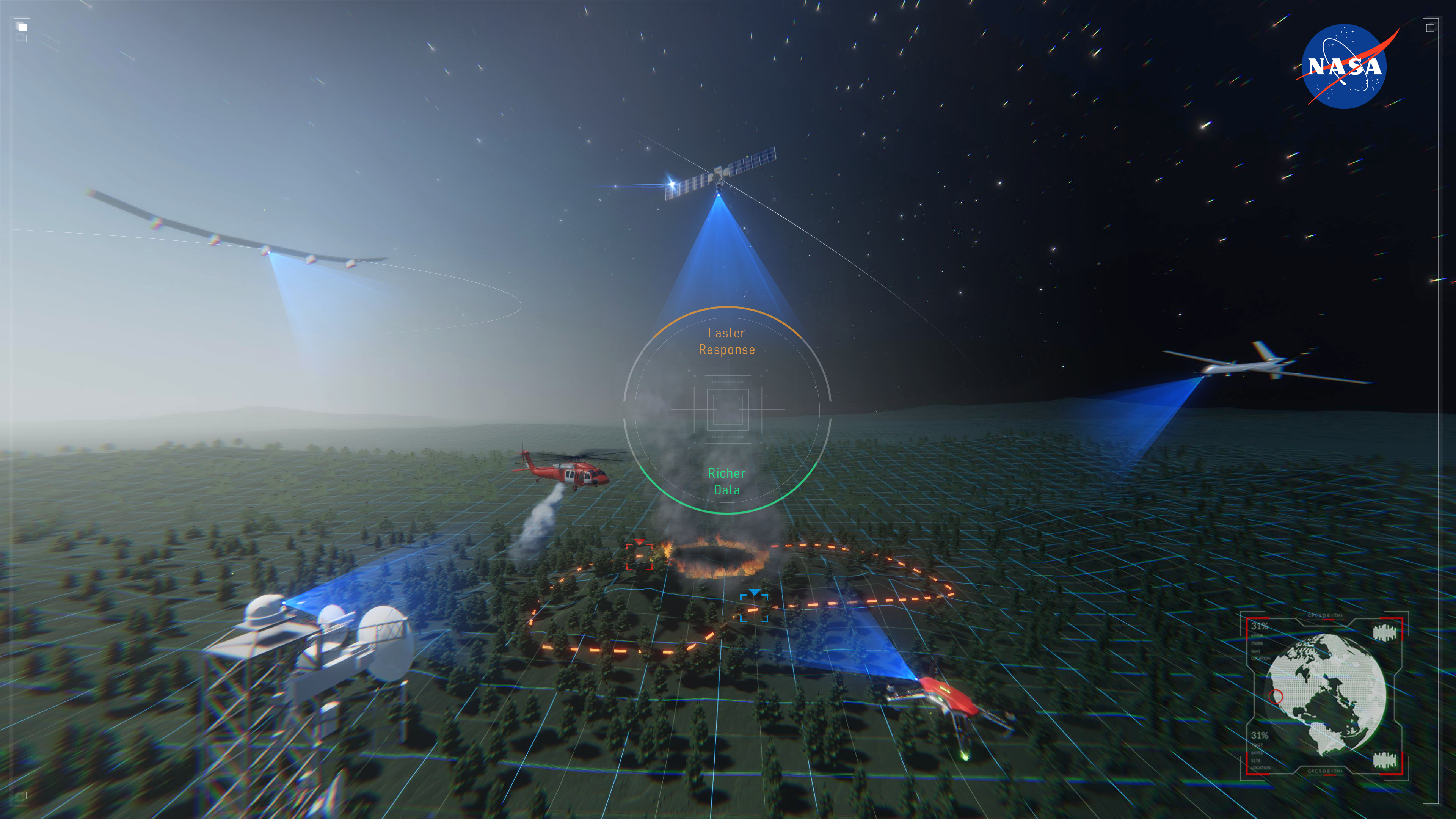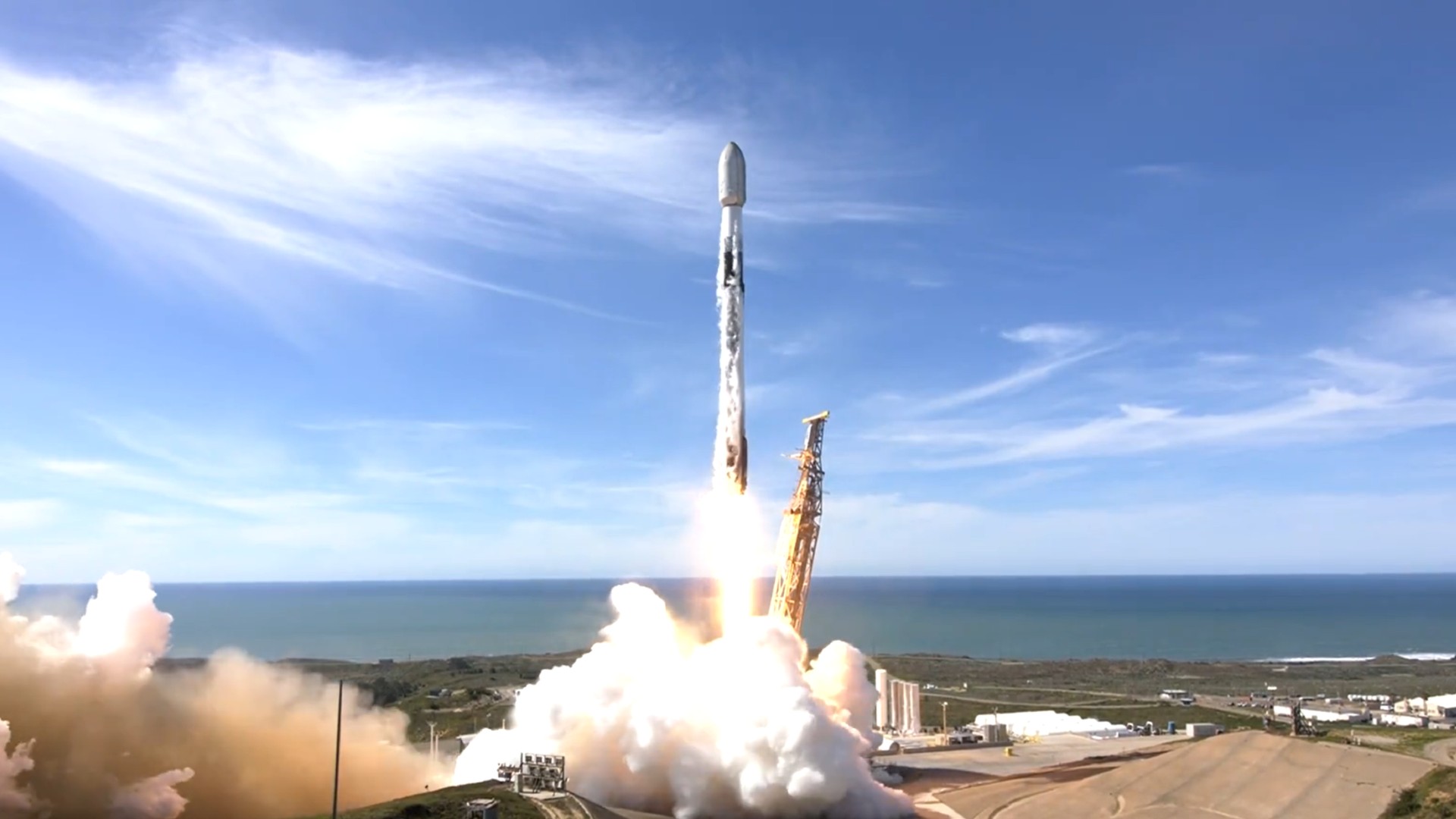“Dingoes indirectly affect vegetation by controlling numbers of kangaroos and small mammals,” ecologist Mike Letnic said on Wednesday.
“The differences in grazing pressure on each side of the fence were so pronounced they could be seen from space.”
With few dingoes preying on them, kangaroo numbers increased, leading to overgrazing, Prof Letnic said.
This, in turn, was likely to have reduced vegetation, damaging the quality of the soil, which can hinder the survival of smaller animals, such as the critically endangered bird, the Plains Wanderer.
The dingo cull south of the fence continues today. Grazier and government wild dog control programs use poison baits, trapping and shooting to manage the population.
“The removal of apex predators can have far-reaching effects on ecosystems that manifest across very large areas,” Prof Lentic said.
“These effects have often gone unnoticed because large predators were removed from many places a long time ago.”
The dingo fence – which spans from Jimbour on the Darling Downs in Queensland to arid land west of the Eyre peninsula on cliffs of the Nullarbor Plain – was erected in the 1880s to protect livestock in southeastern Australia.
At 5600 kilometres, it’s one of the longest structures in the world.
Geographer Adrian Fisher – who studied the NASA and United States Geological Survey’s Landsat program images captured since 1988 – said the vegetation’s response to rainfall was another key difference between areas with and without dingoes.
“While rainfall caused vegetation to grow on both sides of the fence, we found that vegetation in areas without dingoes didn’t grow as much,” he said.
Changes to vegetation triggered by the removal of dingoes have also been shown to reshape the desert landscape by altering wind flow and sand movement.
While there are other contributing factors to the difference in vegetation – such as how the land was used – the satellite imagery showed dingoes played a central role.
“There were clear differences in landscape on either side of the dingo fence,” Dr Fisher said.
“Dingoes may not be the whole explanation, but they are a key part of it.”
The University of NSW Centre for Ecosystem Science study was published in Landscape Ecology.
Note: This article have been indexed to our site. We do not claim legitimacy, ownership or copyright of any of the content above. To see the article at original source Click Here













